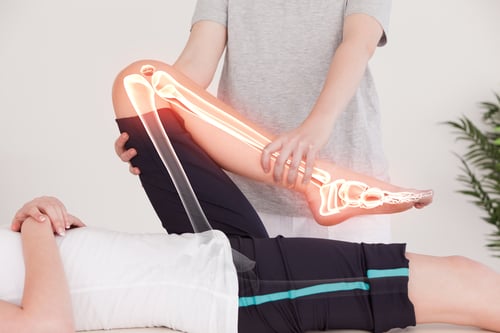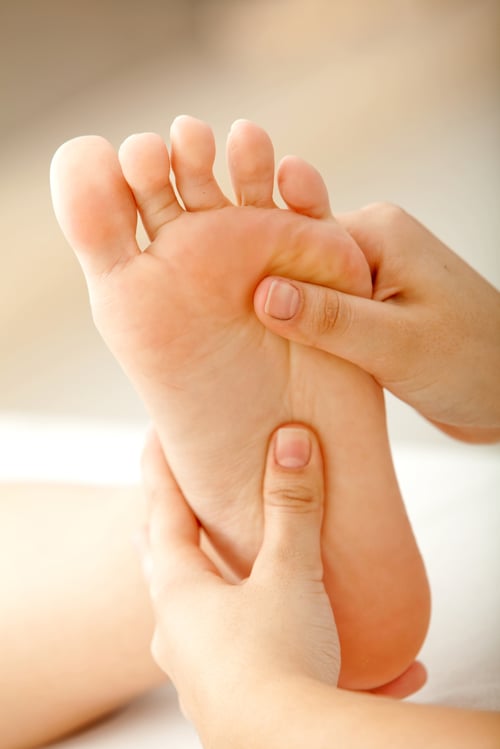
As rheumatoid arthritis (RA) starts to develop, the feet are often the first place to feel the symptoms. This chronic inflammatory disorder causes the body to attack itself, affecting all the different types of tissues from joints to skin.
People who are on their feet all day may start to experience foot problems faster than sedentary individuals. But, up to 90 percent of people with rheumatoid arthritis end up having symptoms of RA in their feet. To stay ahead of this problem, explore how this condition could affect your feet — and then, reach out to us for the care you need.
Joints
As rheumatoid arthritis causes the tissues to swell, the lining of your joints, called the synovium, starts to thicken. The damage to these sensitive tissues leaves the joints unlubricated and unable to move smoothly. Pain and stiffness tend to arise as a result, impeding normal movement.
Even walking a short distance can prove challenging as the inflammation goes unaddressed and causes cartilage damage. Without support from the cartilage, the joints start to feel unstable and pain levels often increase. Deformities can start to arise as well, as the joints in the feet change in structure due to the lack of support and continued damage.
Circulation
As a systemic disease, rheumatoid arthritis affects every system in the body, including the circulation system. The blood vessels in your feet can start to swell along with all the other tissues.
With continued swelling, plaque in the arteries often starts to harden, resulting in poor blood flow. Cramps in the feet and lower legs can start to occur as a result, worsening the pain caused by RA. If your toes cannot get enough blood, Raynaud’s phenomena may occur as well. When this happens, your feet may look an abnormal color and feel numb and cold.
Skin
Rheumatoid arthritis also impacts the health of the skin in many ways. About half of all people with RA develop nodules, or lumps under the skin, all over their bodies. They can even appear on the backs of the heels, making it difficult to wear proper footwear year-round.
Rashes can also appear as the blood vessels suffer damage from prolonged inflammation. Initially appearing as small red dots, these rashes can worsen and cause ulcers along the feet and legs. The ulcers can even appear under the finger and toenails, resulting in severe pain.
In order to control the inflammation, doctors often have to prescribe non-steroidal anti-inflammatory drugs, or NSAIDs. Despite their positive impact on inflammation, these medications can thin the skin, causing an increased chance of bruising from minor bumps. Other medications used to control the progression of RA, such as methotrexate, can increase your sensitivity to the sun, leaving your skin vulnerable to sunburn and other effects.
How to Protect the Health of Your Feet
Foot and ankle specialists can help protect the health of your feet and control the RA symptoms that arise. When you schedule your appointment with our team at Sweeney Foot and Ankle Specialists, you can trust that we will provide the highest quality of care, helping you minimize the impact of RA on your feet. Do you suffer from rheumatoid arthritis symptoms, contact us today to discuss a treatment plan.







